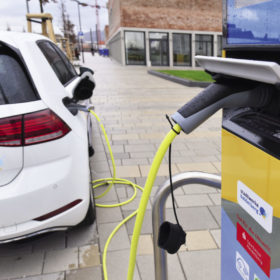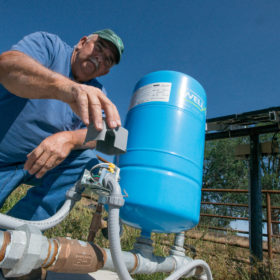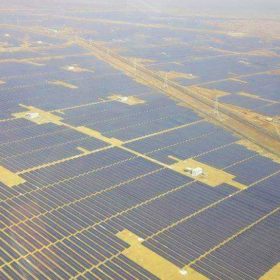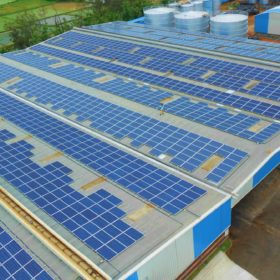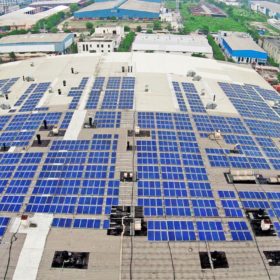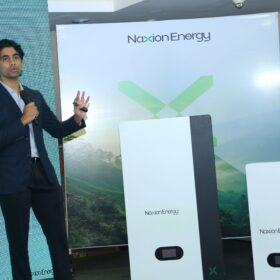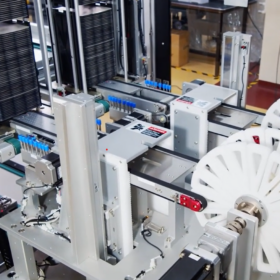Four solar based EV charging projects funded under FAME scheme
Proposals by Bharat Heavy Electricals Limited and Rajasthan Electronics & Instruments, Jaipur to set up solar-based EV charging infrastructure have received funding under the government’s FAME India scheme. These projects will come up at Delhi NCR, Udyog Bhwan, and Delhi-Jaipur-Delhi, Mumbai-Pune-Mumbai as well as Delhi-Chandigarh-Delhi highways.
Andhra Pradesh government to reduce payments negotiated under existing power deals
The state government will defy a ministerial order not to renegotiate signed deals after leadership of the legislative assembly changed hands in May’s elections. Consultancy Bridge to India says the contracts are legally binding but the move will shake investor confidence nevertheless.
Greenpeace report lauds India’s ‘solarization of agriculture’
Analysis of the solar pumping programs being rolled out across five states backs claim switching irrigation systems to PV could give the nation a huge leg-up towards its renewable energy ambition.
Thinktank gives manufacturers two weeks for EV adaptation blueprint
Central government has thrown down the gauntlet to the nation’s largest motorbike and scooter manufacturers after they resisted a proposal to ban non-electric sales from 2025 onwards.
EU and India step up cooperation on solar parks
The European Union and India’s Ministry of New and Renewable Energy have jointly launched standard operation procedures and monitoring tool for Indian solar parks. While the procedures will help to ensure consistency of standards across solar parks, the online monitoring tool will allow better tracking of the solar parks development and operation.
US investor Encourage Capital raises $40 million to fund rooftop solar for Indian MSMEs
The US-based impact investor will invest in specialized financial institutions in India that can develop and scale commercial rooftop solar finance solutions, serving an estimated US$ 9 billion market opportunity.
India wins WTO solar dispute against US
A World Trade Organization panel has found a U.S. move to incentivize the use of domestic solar products put imported goods from India and other countries at a disadvantage.
Group captive solar projects on the rise among corporates
With Karnataka withdrawing open access waivers and the policy not replicated elsewhere, corporate buyers are increasingly favouring group captive projects that are exempt from the cross-subsidy surcharge—the largest and most unpredictable component of grid charges for open access power.
What solar manufacturers want from Budget 2019
Indian solar manufacturers are facing a double whammy with USA removing preferential trade status for India and safeguard duty imposed by India nearing fall to 20% from July 2019. Struggling to find domestic as well as export markets, they expect the government to focus on policy direction, not just expenditure.
Uttar Pradesh to commission 1.5 GW of solar by next year
The state is hoping for 10.7 GW of renewable energy generation capacity by 2022 and rooftop solar is set to play a big role.
